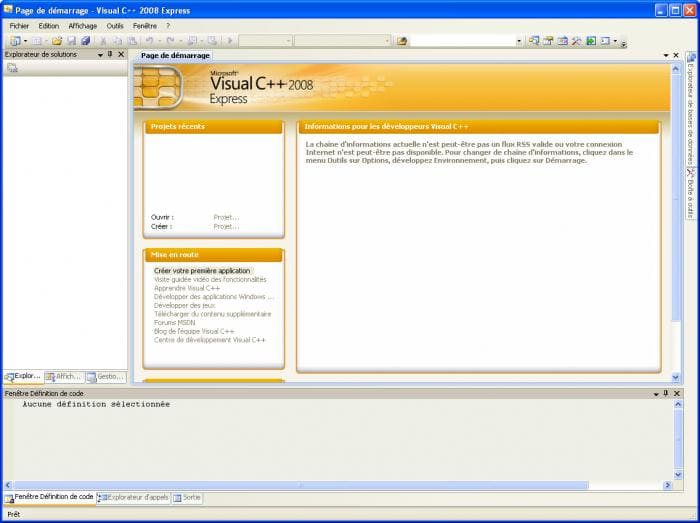

- #Microsoft visual studio 2010 shell install#
- #Microsoft visual studio 2010 shell update#
- #Microsoft visual studio 2010 shell full#
- #Microsoft visual studio 2010 shell code#
- #Microsoft visual studio 2010 shell download#
#Microsoft visual studio 2010 shell update#
This is an update to previous versions of the runtime, formerly available at
#Microsoft visual studio 2010 shell download#
"shell": "C:\\Windows\\system32\\WindowsPowerShell\\v1.0\\powershell.This download installs the Visual Studio 2010 Tools for Office Runtime, which is required to run Microsoft Office based solutions built using Microsoft Visual Studio 2010, 2012, 20. "": "c:/Program Files/PowerShell/6/pwsh.exe",
#Microsoft visual studio 2010 shell full#
This will open another side-by-side terminal with the other PowerShell version (PowerShell Core in my case).įor completeness, here is a full copy of a settigns.json file with everything detailed in this post. To run both versions of PowerShell side by side, open a terminal with the non-default version of PowerShell (PowerShell for Windows in my case), and then click the split terminal button. Select the desired version of PowerShell and rock on. Now, when initiating the Shell Launcher, you should see a menu similar to this.

"shell": "C:\\Windows\\system32\\WindowsPowerShell\\v1.0\\powershell.exe", "shell": "c:\\Program Files\\PowerShell\\6\\pwsh.exe", You can adjust the display names (labels), as well as add additional shells such as WSL and CMD. and then Open settings.json.Īdding the following to the settings.json file configures two shells, one with PowerShell Core and another with Windows PowerShell.
#Microsoft visual studio 2010 shell code#
Open up the VS Code user settings.json file by clicking on file > preferences > settings, select.

If you have other settings in your keybindins.json file, you may need to adjust this example. Open up the Visual Studio Code keybindings.json file by clicking on file > preferences > Keyboard Shortcuts and then selecting keybindins.json.Īdd the following to the keybindings.json file to configure ctrl + shift + t as the shell launcher key binding. Configure keyboard bindings for Shell Launcherīefore using shell launcher, a key binding needs to be created to engage the shell launcher. Be sure to check our more extensions by Daniel, which can be found here. Thanks a bunch to Daniel Imms for putting together this extension.
#Microsoft visual studio 2010 shell install#
Install the extension by clicking on the Visual Studio Code extensions button and searching the market place for shell launcher. Shell Launcher allows you to configure multiple shells within Visual Studio Code. The key to opening PowerShell Core and PowerShell for Windows side by side is the Shell Launcher Visual Studio Code extension. Install the Shell Launcher Visual Studio Code extension PS C:\storage\code\azure-powershell-demos> $PSVersionTable Now, when opening up a terminal in Visual Studio Code, PowerShell core should be the default version. "": "c:/Program Files/PowerShell/6/pwsh.exe" If you have other settings in your settings.json file, you may need to adjust the following example. Modify the settings.json file to include. To do so, open up the VS Code user settings.json file by clicking on file > preferences > settings, select. Configure default PowerShell versionīefore configuring Shell Launcher, I want to set PowerShell Core as the default PowerShell version. In order to do this yourself, you need a Windows-based system with both Visual Studio Code and PowerShell Core installed.įor more information on PowerShell Core see Installing PowerShell Core on Windows. In this post, I will detail how I've used the Shell Launcher Visual Studio Code extension to configure my Windows system to run PowerShell Core and PowerShell for Windows side by side. That said, I sometimes need to work in PowerShell for Windows or use both side by side. If you are not familiar with PowerShell Core, it is a cross platform (Windows, Linux, and macOS) version of PowerShell based on. I'm a PowerShell fan and have recently adopted PowerShell Core as my version of choice.


 0 kommentar(er)
0 kommentar(er)
